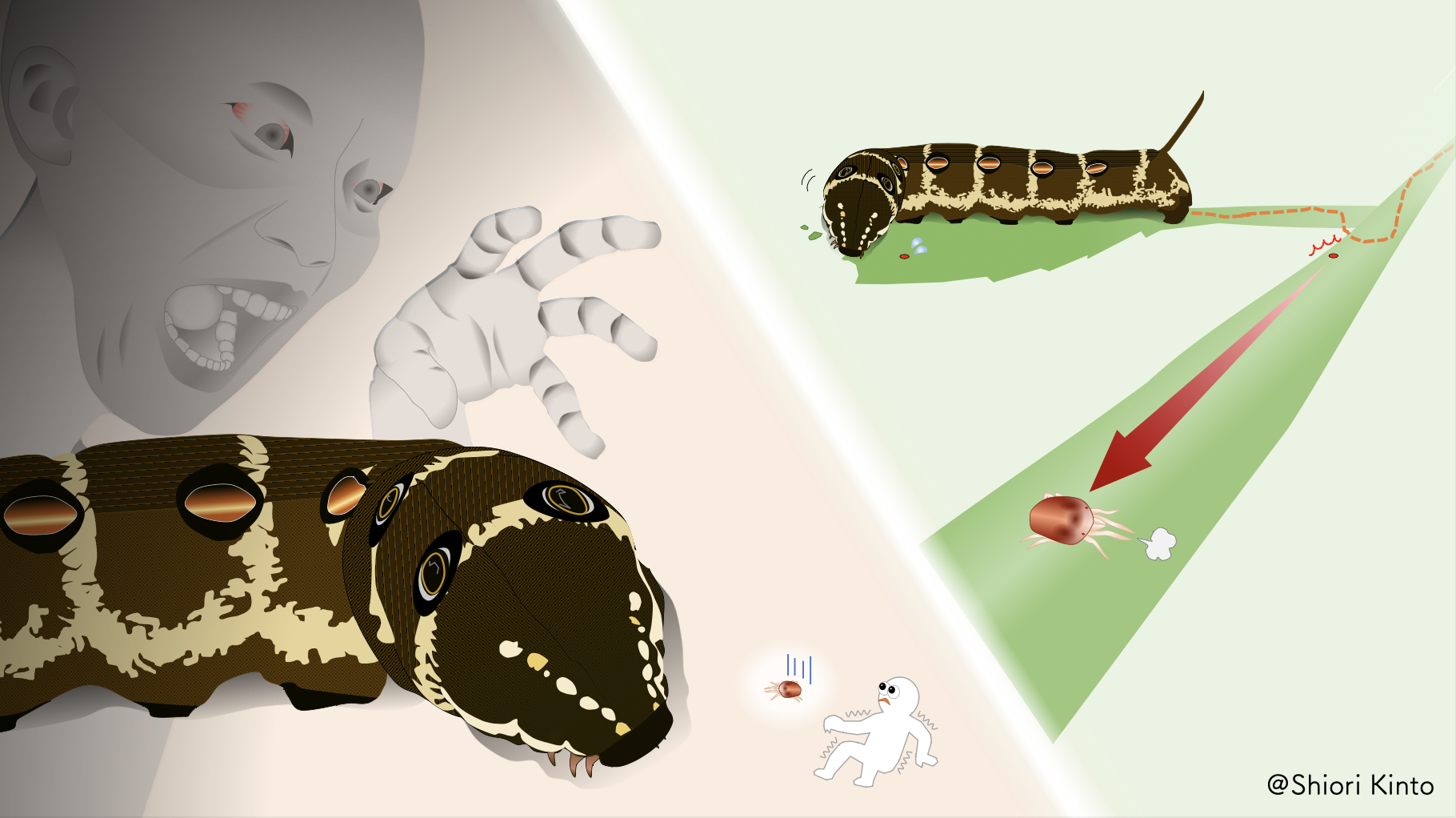Adult insects, including butterflies and moths, typically have only three pairs of legs. But the existence of extra legs in caterpillars – chubby abdominal appendeages also known as ‘prolegs’ – has long posed an evolutionary mystery to biologists.
Tag: Lepidoptera
Butterfly beginnings
Biologists from Washington University in St. Louis collaborated with a large number of butterfly and plant specialists to reconstruct the origin and global spread of butterflies. Working with researchers from dozens of countries, Michael Landis and Mariana P. Braga in Arts & Sciences helped create the world’s largest butterfly tree of life, assembled with DNA from more than 2,000 species representing all butterfly families.

In-scent-ive to avoid danger
Spider mites avoid chemicals extracted from caterpillar traces; the repellent effect lasts for days. Butterfly and moth caterpillars then indiscriminately consume spider mite-infested and intact leaves along with dormant individuals or their eggs.
Monarch butterfly populations are thriving in North America
For years, scientists have warned that monarch butterflies are dying off in droves because of diminishing winter colonies. But new research from the University of Georgia shows that the summer population of monarchs has remained relatively stable over the past 25 years.